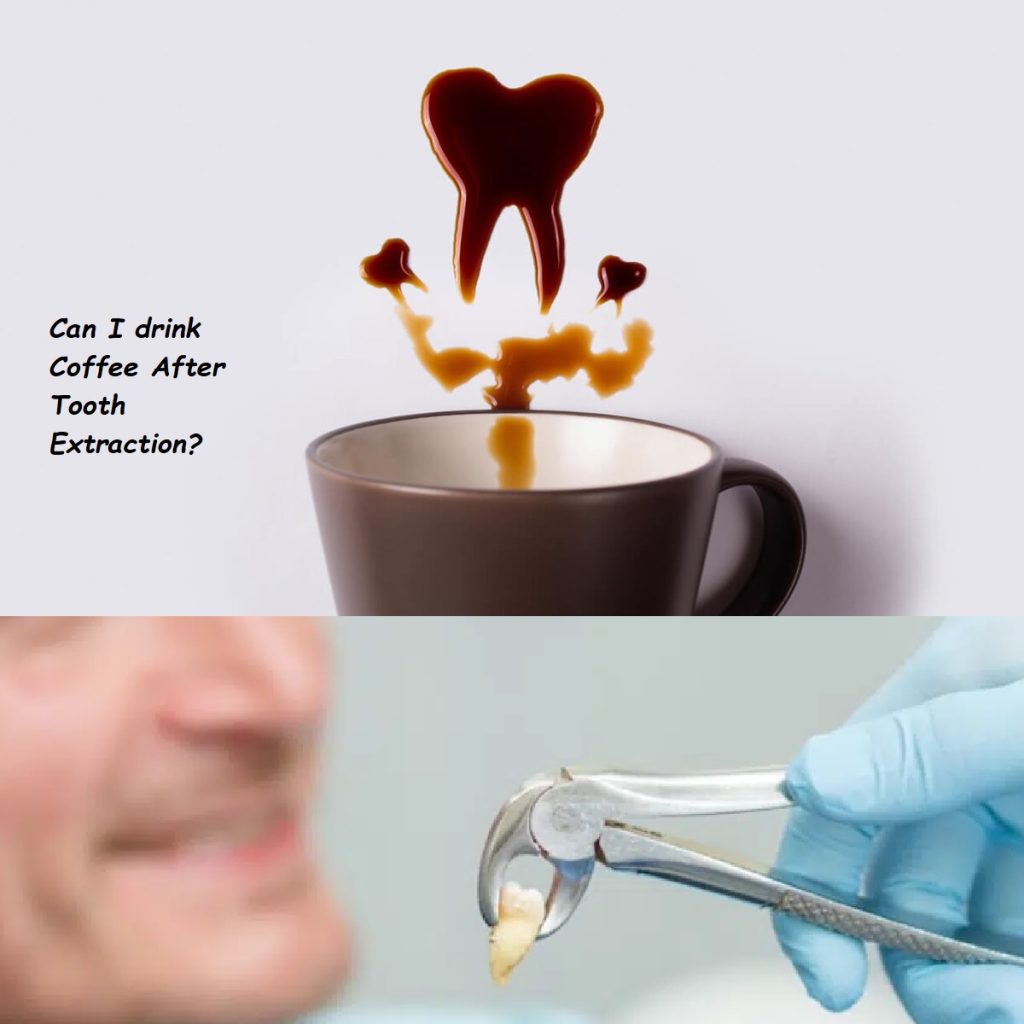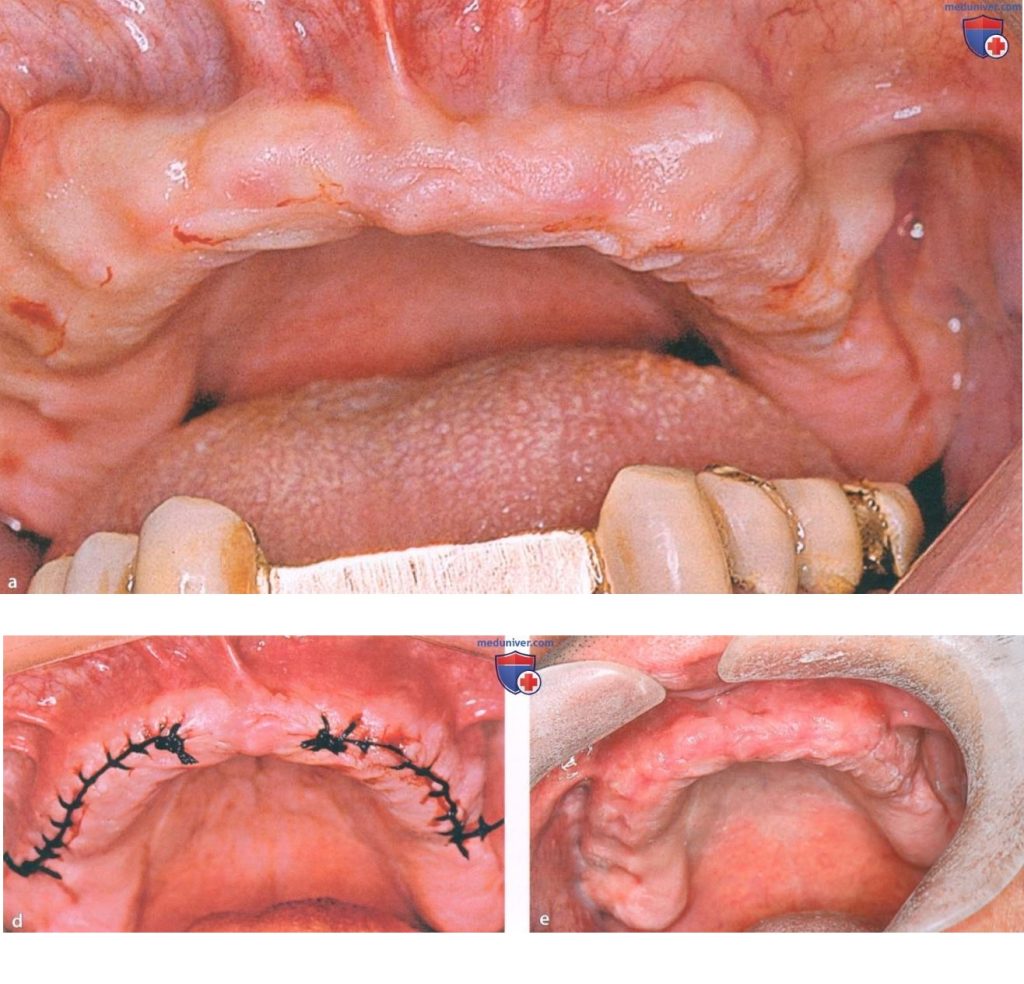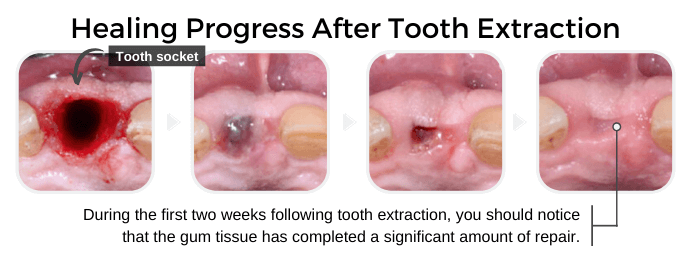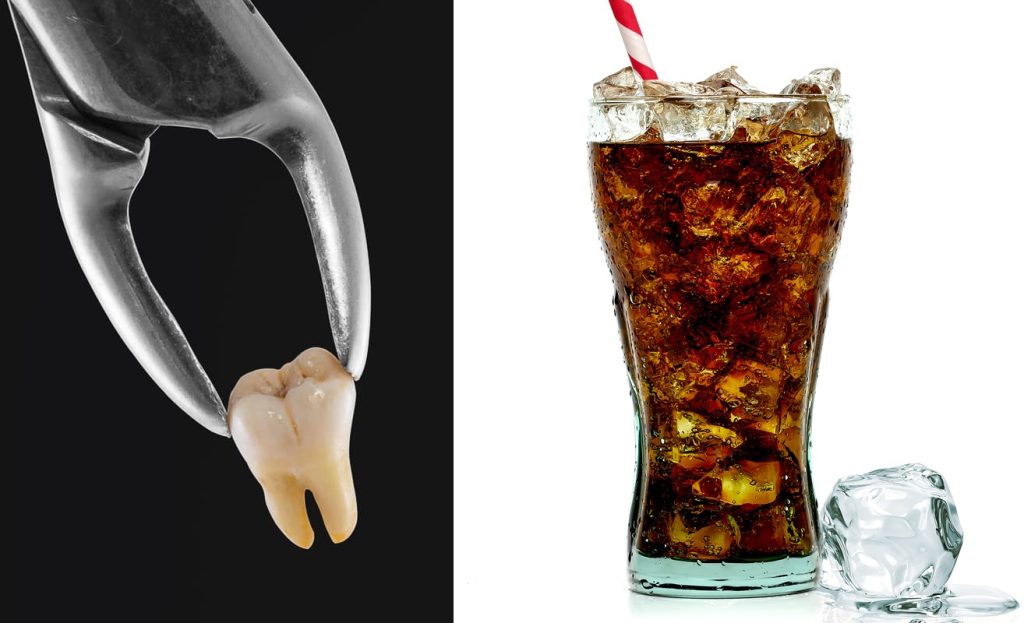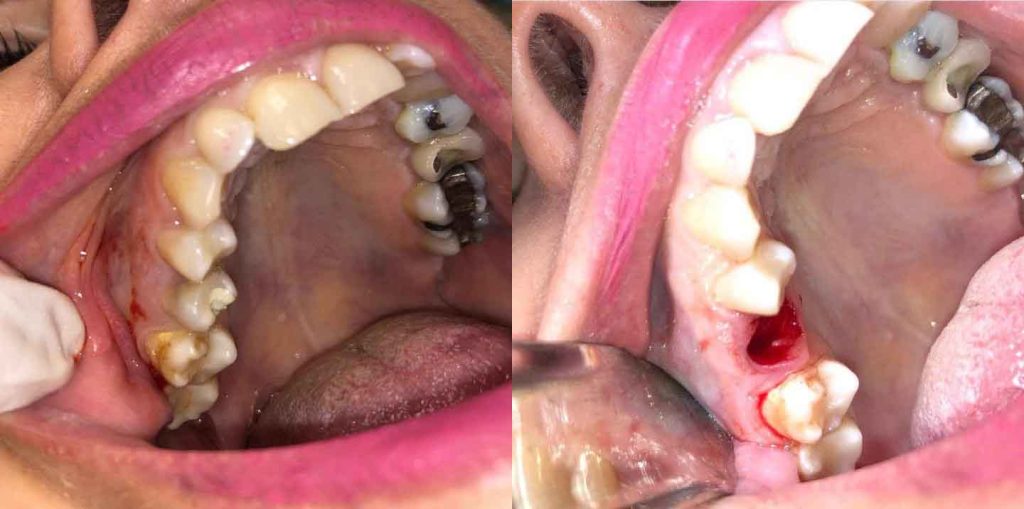Can i use a heating pad after tooth extraction
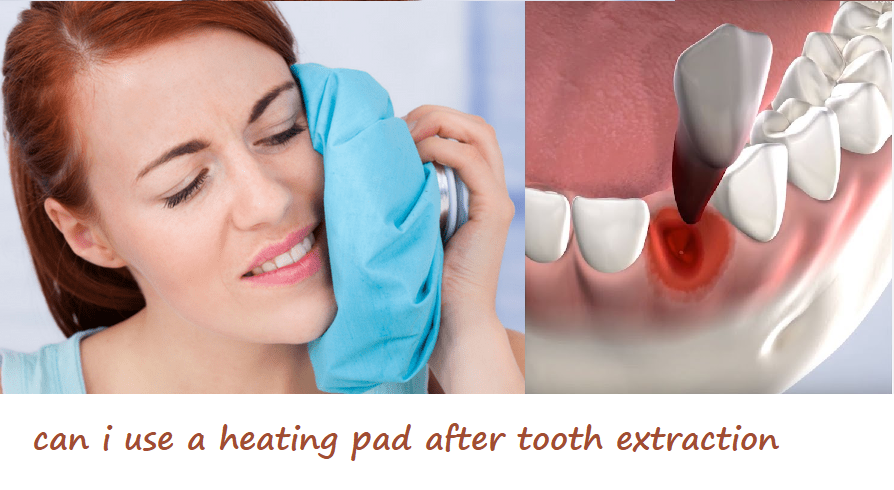
Tooth extraction is a common dental procedure, but the recovery process can come with discomfort and swelling. Patients often seek ways to alleviate these symptoms, and one common question is whether a heating pad can be used after a tooth extraction. This comprehensive guide will explore the benefits and potential risks of using a heating pad post-extraction, as well as alternative methods to manage pain and swelling.
Understanding Tooth Extraction
What Is Tooth Extraction?
Tooth extraction involves removing a tooth from its socket in the bone. This procedure may be necessary for various reasons, including:
- Severe tooth decay or infection
- Advanced gum disease
- Crowded or impacted teeth
- Broken or damaged teeth beyond repair
Post-Extraction Recovery
After a tooth extraction, the body goes through several stages of healing:
- Blood Clot Formation: A blood clot forms in the socket to protect the bone and nerves.
- Inflammation: Swelling and inflammation occur as the body begins to heal the area.
- Tissue Regeneration: Soft tissue begins to form over the socket.
- Bone Remodeling: The bone gradually heals and reshapes itself.
Common Symptoms Post-Extraction
Patients may experience various symptoms after a tooth extraction, including:
- Pain and discomfort
- Swelling in the face or jaw
- Bruising
- Bleeding
- Stiffness in the jaw
- Difficulty opening the mouth fully
Using a Heating Pad After Tooth Extraction
Benefits of Using a Heating Pad
A heating pad can offer several benefits during the recovery process, including:
- Pain Relief: Heat can help relax muscles and reduce pain by increasing blood flow to the affected area.
- Reduction of Stiffness: Applying heat can alleviate jaw stiffness and improve mobility.
- Comfort: The warmth from a heating pad can provide a soothing and comforting sensation.
Potential Risks of Using a Heating Pad
Despite the benefits, there are potential risks associated with using a heating pad after tooth extraction:
- Increased Swelling: Applying heat too soon after the procedure can increase blood flow, leading to increased swelling and inflammation.
- Disruption of Healing: Excessive heat can disrupt the natural healing process, potentially causing complications.
- Burns: Prolonged use of a heating pad or using it at a high temperature can cause burns to the skin.
Recommended Timing for Heat Application
While using a heating pad can be beneficial, it is crucial to apply it at the right time during the recovery process. Follow these guidelines:
- First 24-48 Hours: Avoid using a heating pad. Instead, use an ice pack to reduce swelling and numb the area.
- After 48 Hours: Once the initial swelling has subsided, you can start using a heating pad to manage pain and stiffness.
How to Use a Heating Pad Safely
To use a heating pad safely after a tooth extraction, follow these steps:
- Set to a Low Temperature: Use the lowest setting to avoid burns.
- Limit Application Time: Apply the heating pad for 15-20 minutes at a time. Take breaks between applications to allow your skin to cool.
- Use a Barrier: Place a cloth or towel between the heating pad and your skin to prevent burns.
- Monitor the Area: Check the area regularly for signs of excessive redness or discomfort.
Alternative Methods for Managing Pain and Swelling
If you’re hesitant about using a heating pad, there are several alternative methods to manage pain and swelling after a tooth extraction:
Cold Therapy
- Ice Packs: Use an ice pack or a bag of frozen peas wrapped in a cloth to reduce swelling and numb the area. Apply for 15-20 minutes at a time during the first 24-48 hours.
- Cold Compresses: Cold compresses can also be effective in reducing inflammation and providing pain relief.
Medications
- Over-the-Counter Pain Relievers: Non-prescription pain relievers like ibuprofen or acetaminophen can help manage pain and reduce inflammation.
- Prescription Medications: If the pain is severe, your dentist may prescribe stronger pain medications.
Rest and Relaxation
- Elevate Your Head: When resting or sleeping, keep your head elevated with pillows to reduce swelling.
- Avoid Strenuous Activities: Rest and avoid physical exertion that can increase blood pressure and swelling.
Proper Oral Care
- Gentle Rinsing: After the first 24 hours, rinse your mouth gently with warm salt water to keep the extraction site clean.
- Avoid Irritation: Do not touch the extraction site with your tongue or fingers, and avoid using straws, as the suction can dislodge the blood clot.
Soft Diet
- Eat Soft Foods: Stick to a diet of soft, easy-to-chew foods like yogurt, mashed potatoes, and applesauce to avoid irritating the extraction site.
- Stay Hydrated: Drink plenty of fluids, but avoid hot beverages that can increase swelling.
When to Contact Your Dentist
While mild pain and swelling are normal after a tooth extraction, certain symptoms may indicate complications. Contact your dentist if you experience:
- Severe pain that does not improve with medication
- Excessive swelling or bruising
- Persistent bleeding
- Signs of infection, such as fever, chills, or pus drainage
- Difficulty breathing or swallowing
Conclusion
Using a heating pad after tooth extraction can offer benefits such as pain relief and reduced stiffness, but it should be used with caution. Avoid applying heat during the first 24-48 hours post-extraction to prevent increased swelling and disruption of the healing process. Instead, use cold therapy initially and transition to heat after the initial swelling subsides. Always follow your dentist’s recommendations and consider alternative methods for managing pain and swelling. If you have any concerns or experience unusual symptoms, contact your dentist promptly for further guidance. By taking the right steps, you can ensure a smooth and comfortable recovery after your tooth extraction.
Related to read:
Best Oral Hygiene Practices For Optimum Oral Health.
How to Whiten Teeth Naturally?
How to keep your gums healthy and disease-free?
References
To ensure the information provided is accurate and up-to-date, the following sources were referenced:
- American Dental Association. (n.d.). Plaque and Tartar. Retrieved from ADA website
- Mayo Clinic. (n.d.). Dental Plaque. Retrieved from Mayo Clinic website
- National Institute of Dental and Craniofacial Research. (n.d.). Periodontal (Gum) Disease. Retrieved from NIDCR website



